Picture this: you walk into a medical facility, and instead of needles, machines, and sterile white walls, you’re greeted by a friendly dog who sniffs around you for a few seconds. Within moments, that dog has detected early-stage cancer in your body—something that might have taken months of expensive testing to discover through traditional methods. This isn’t science fiction anymore; it’s happening right now in research labs and pilot programs around the world.
The Ancient Art of Animal Detection Meets Modern Medicine

Long before humans developed sophisticated medical equipment, we relied on animals to sense danger and detect changes in our environment. Today, scientists are rediscovering this ancient partnership with a modern twist. Animals possess sensory abilities that far exceed human capabilities, and researchers are now harnessing these natural gifts for medical diagnosis.
The concept might sound unusual, but it’s rooted in solid science. Many diseases alter the chemical composition of human breath, urine, and skin, creating distinct odor signatures that trained animals can detect. These biological markers, often called volatile organic compounds (VOCs), are released at concentrations so low that even our most sensitive instruments struggle to identify them consistently.
Dogs Leading the Pack in Medical Detection

Dogs have emerged as the star performers in bio-detection research, and for good reason. Their sense of smell is approximately 10,000 to 100,000 times more sensitive than humans, with over 300 million olfactory receptors compared to our mere 6 million. This incredible ability allows them to detect odor molecules at concentrations as low as parts per trillion.
Medical detection dogs are already being trained to identify various cancers, including lung, breast, prostate, and ovarian cancer. These four-legged diagnosticians can distinguish between healthy and cancerous tissue samples with accuracy rates often exceeding 90%. What makes this even more remarkable is that dogs can detect these diseases in their earliest stages, sometimes years before conventional diagnostic methods.
The training process is fascinating yet rigorous. Dogs learn to associate specific scents with rewards, gradually building their ability to identify increasingly subtle odor differences. A typical training program can take anywhere from six months to two years, depending on the complexity of the detection task.
The Science Behind Scent Detection

When diseases develop in the human body, they trigger complex biochemical changes that release specific volatile compounds. Cancer cells, for instance, have different metabolic processes than healthy cells, producing unique chemical signatures that can be detected in breath, urine, and even blood samples. These molecular fingerprints are what trained animals learn to identify.
Recent research has shown that different types of cancer produce distinct scent profiles. Lung cancer might release different compounds than breast cancer, allowing highly trained animals to not only detect the presence of disease but potentially identify its specific type. This level of specificity could revolutionize early diagnosis and treatment planning.
Beyond Cancer: Detecting Infectious Diseases
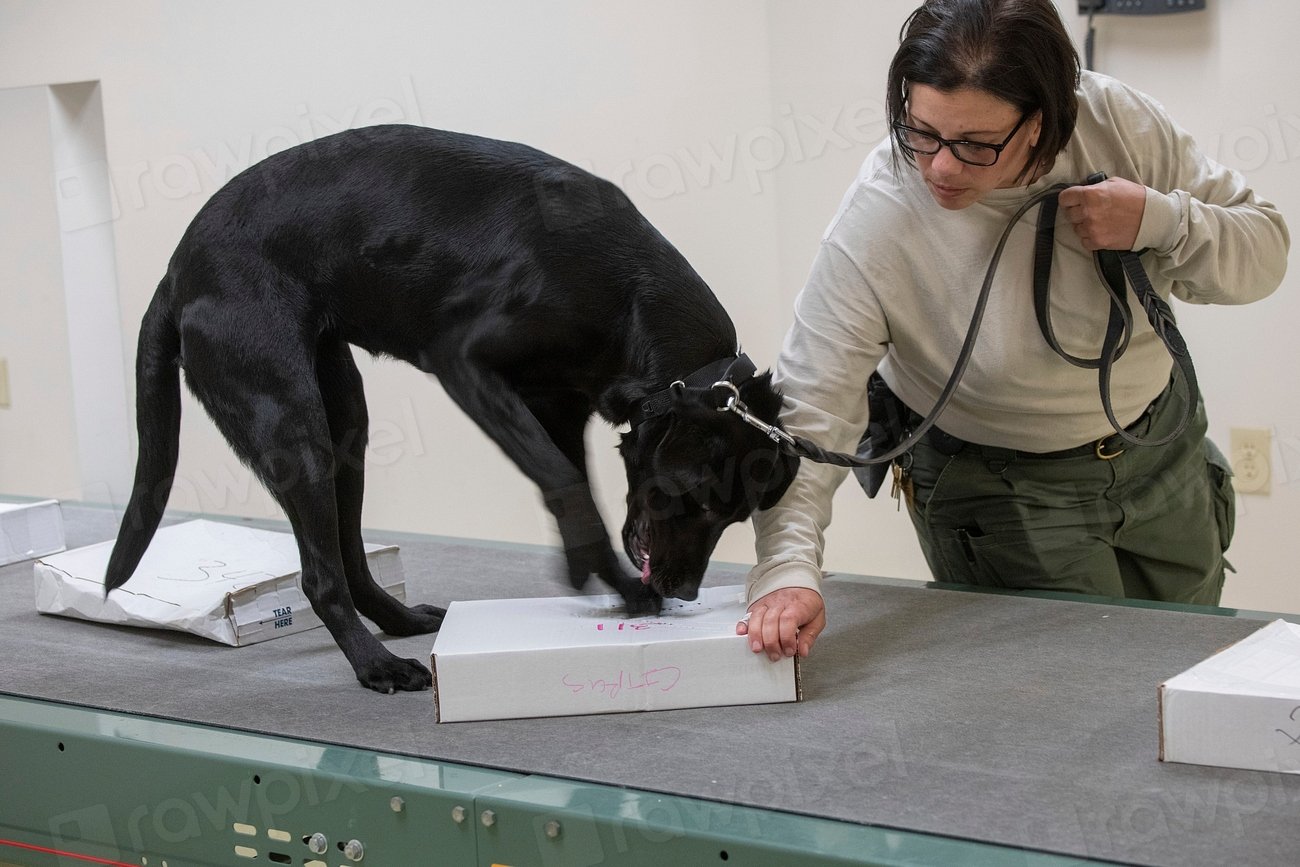
While cancer detection garners much attention, animals are proving equally adept at identifying infectious diseases. During the COVID-19 pandemic, several research teams successfully trained dogs to detect SARS-CoV-2 infections with remarkable accuracy. These detection dogs could identify positive cases even in asymptomatic individuals, offering a potential screening tool for large gatherings or travel checkpoints.
Malaria detection represents another breakthrough application. In areas where traditional diagnostic tools are limited, trained dogs have demonstrated the ability to identify malaria infections by sniffing socks worn by infected individuals. This approach could be particularly valuable in remote regions where laboratory facilities are scarce.
Tuberculosis, diabetes, and even seizure disorders are also being studied as potential targets for animal-based detection. The versatility of this approach suggests that bio-detection animals could become valuable allies in combating various health challenges worldwide.
Rats: The Unexpected Heroes of Disease Detection
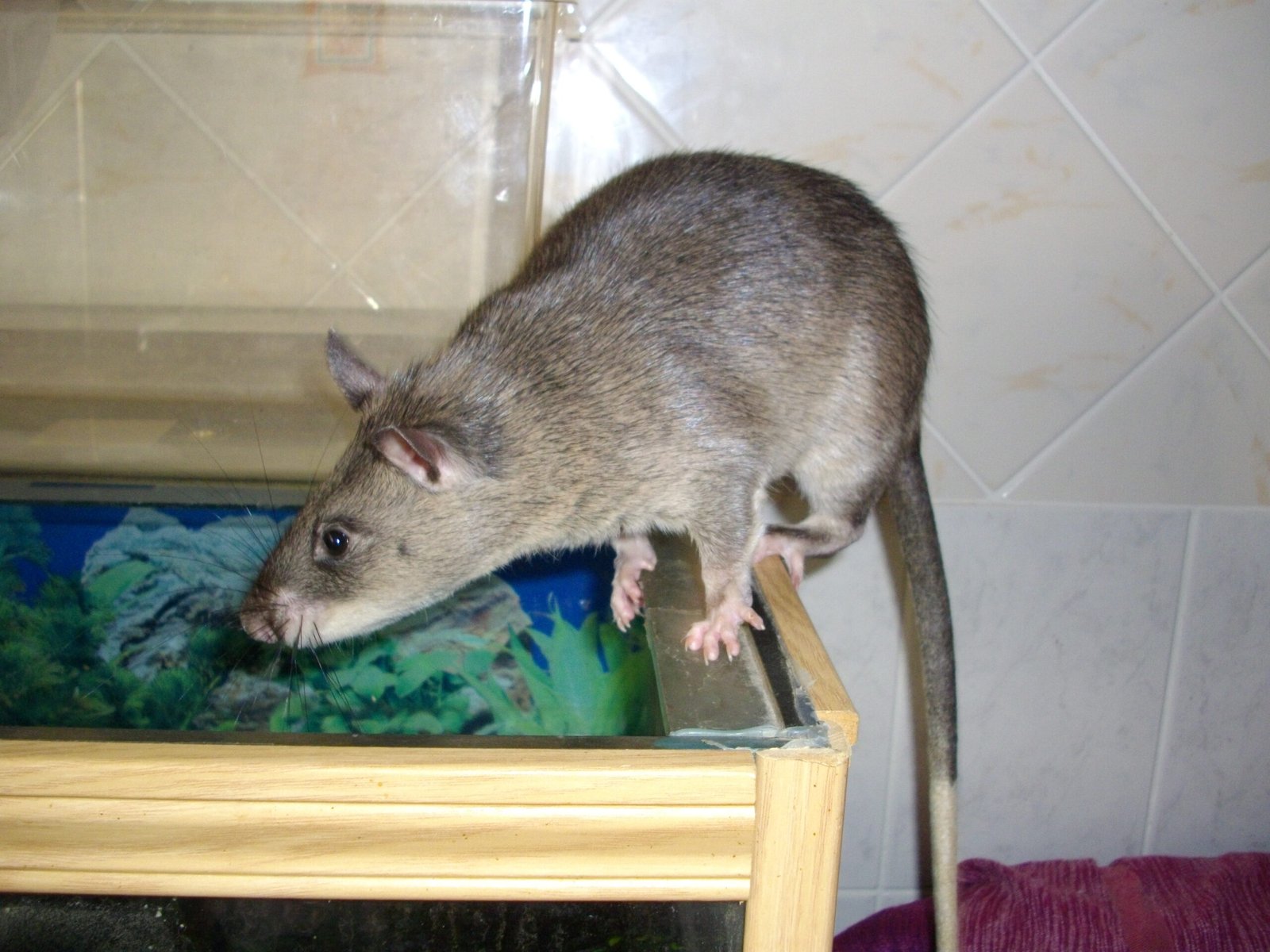
While dogs steal the spotlight, rats are quietly making their mark in medical detection. African giant pouched rats, specifically, have shown remarkable ability to detect tuberculosis in sputum samples. These rodents can screen hundreds of samples in a fraction of the time it takes human technicians to process them using traditional methods.
The advantages of using rats extend beyond speed. They’re smaller than dogs, require less food and space, and can work in environments that might be challenging for larger animals. In Tanzania, trained rats have successfully identified tuberculosis cases that were missed by conventional testing methods, potentially saving countless lives.
The Technological Integration Challenge
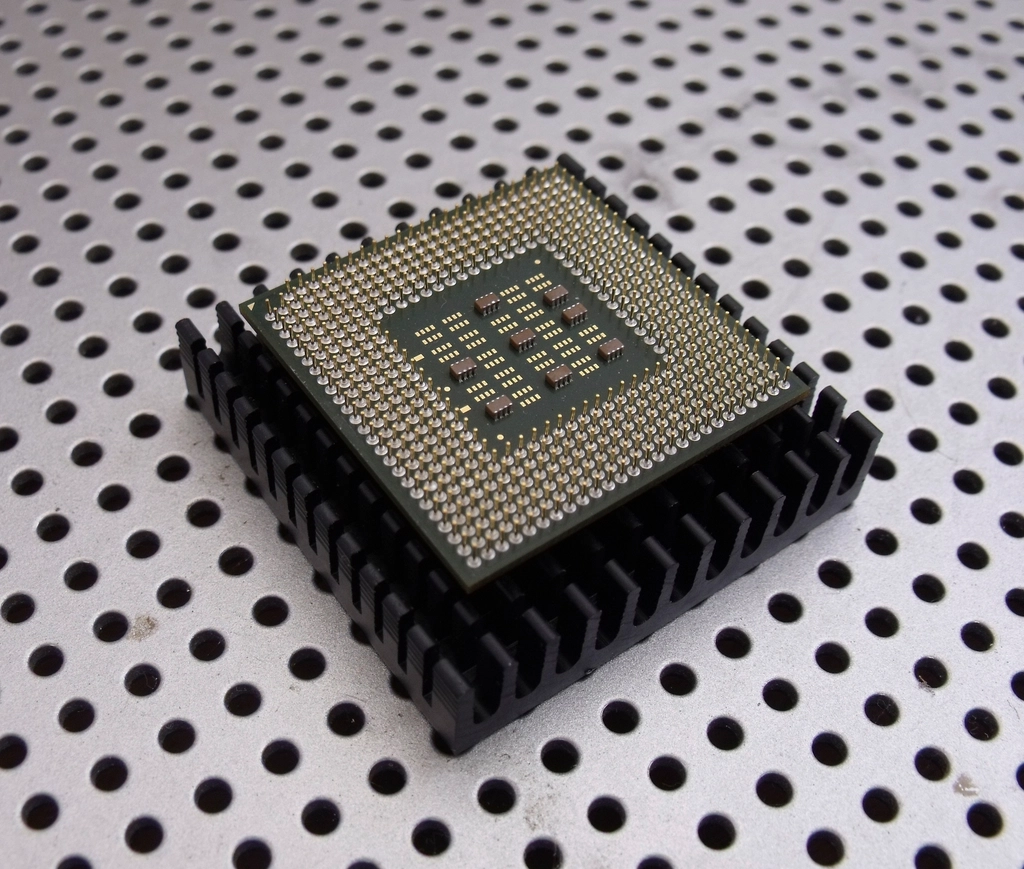
One of the biggest hurdles in implementing bio-detection animals in mainstream medicine is integrating this biological approach with existing technological infrastructure. Hospitals and clinics are built around machines, computers, and standardized protocols—not around animal behavior and biological rhythms.
However, innovative solutions are emerging. Some researchers are developing hybrid systems where animals work alongside traditional diagnostic tools, providing an additional layer of screening. Others are exploring ways to capture and analyze the specific compounds that animals detect, potentially creating artificial detection systems based on animal insights.
The goal isn’t necessarily to replace existing diagnostic methods but to enhance them. Bio-detection animals could serve as powerful screening tools, identifying high-risk individuals who would then receive more detailed conventional testing.
Training and Certification Standards

As bio-detection programs expand, the need for standardized training and certification protocols becomes crucial. Currently, different research teams use varying methods, making it difficult to compare results and establish universal standards. The development of consistent training protocols could accelerate the adoption of animal-based detection methods.
Certification programs would need to address not only the animals’ detection abilities but also their handlers’ skills. The human-animal team dynamic is critical to success, as handlers must interpret their animals’ behavior accurately and maintain consistent working conditions.
Professional organizations are beginning to establish guidelines for bio-detection programs, but much work remains to be done. Creating robust standards will be essential for gaining acceptance within the medical community and ensuring reliable results across different settings.
Economic Implications and Cost-Effectiveness
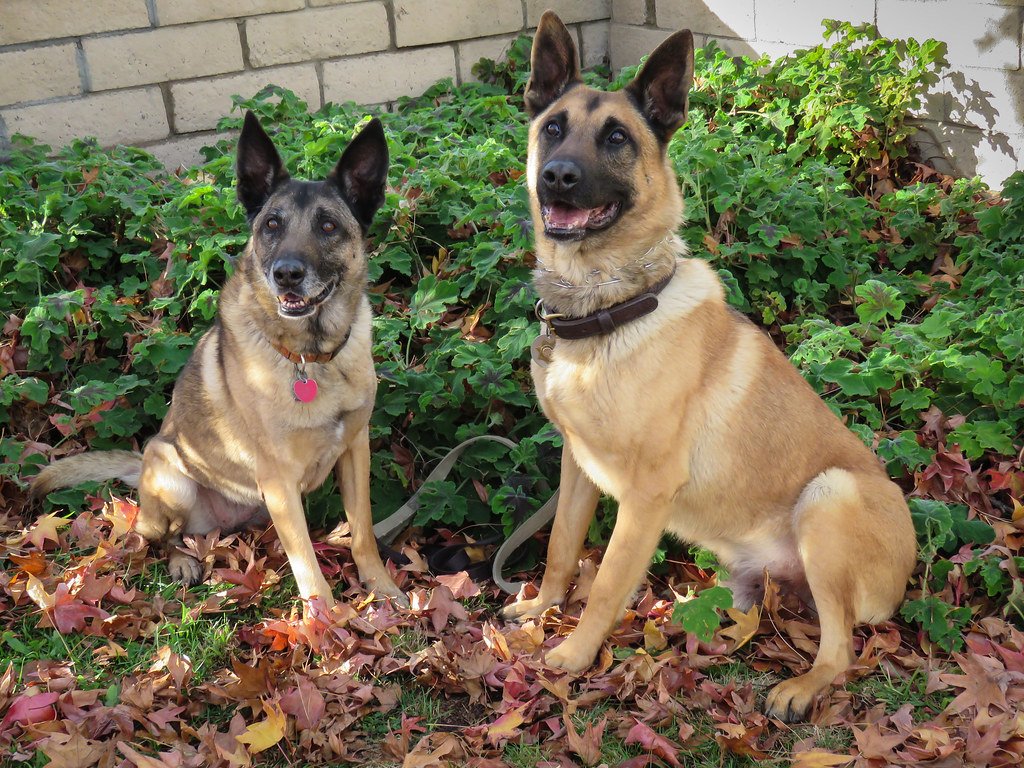
The potential economic impact of bio-detection animals is staggering. Early disease detection could dramatically reduce healthcare costs by enabling treatment before conditions become severe and expensive to manage. A dog that can detect cancer in its early stages might save thousands of dollars in treatment costs and, more importantly, save lives.
The initial investment in training and maintaining detection animals is relatively modest compared to purchasing and maintaining sophisticated medical equipment. A well-trained detection dog might cost $15,000 to $25,000 to train, while advanced imaging equipment can cost millions of dollars.
However, the economic model becomes more complex when considering scalability. Training sufficient numbers of animals to serve large populations would require significant resources and time. Additionally, the ongoing costs of caring for these animals, including food, veterinary care, and handler salaries, must be factored into any economic analysis.
Addressing Skepticism in the Medical Community

Despite impressive research results, bio-detection animals face skepticism from some members of the medical community. Critics argue that animal-based detection lacks the precision and reliability of conventional diagnostic methods. They worry about false positives, inconsistent results, and the subjective nature of interpreting animal behavior.
Proponents counter that bio-detection animals shouldn’t be viewed as replacements for existing diagnostic tools but as complementary screening methods. They point to numerous studies showing high accuracy rates and emphasize that animal detection often identifies diseases earlier than conventional methods.
Building trust within the medical community will require continued research, standardized protocols, and clear evidence of clinical benefits. Peer-reviewed studies and controlled trials will be essential for establishing the credibility of bio-detection programs.
Ethical Considerations in Animal-Based Medical Detection
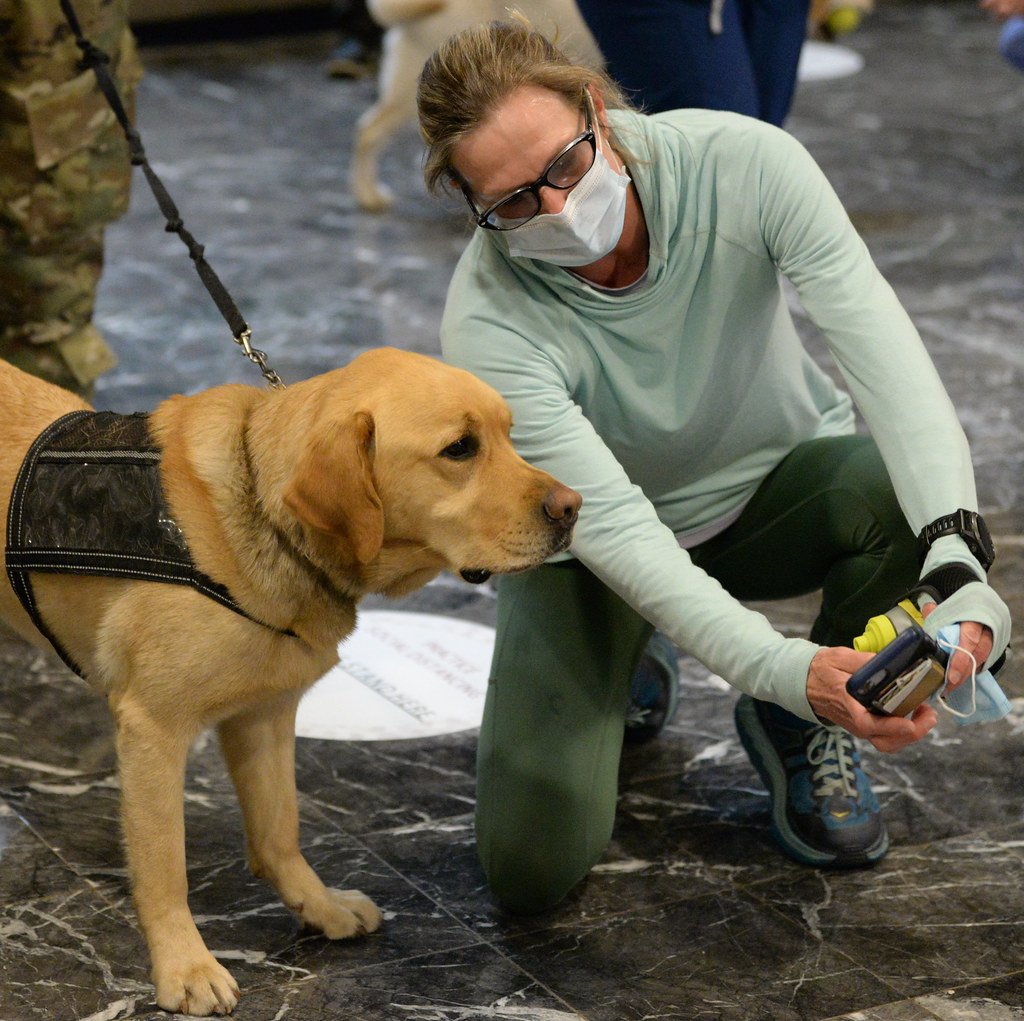
The use of animals in medical detection raises important ethical questions that must be carefully considered. While these animals aren’t subjected to harmful procedures like those used in some medical research, they do undergo intensive training and work in potentially stressful environments.
Animal welfare advocates emphasize the importance of ensuring that detection animals are well-cared for, properly trained using positive reinforcement methods, and not overworked. The animals’ quality of life must be a priority in any bio-detection program.
On the positive side, many detection animals appear to enjoy their work, displaying enthusiasm and engagement during training and detection tasks. The human-animal bond formed during training can be mutually beneficial, providing companionship and purpose for both parties.
Global Applications and Accessibility

One of the most promising aspects of bio-detection animals is their potential to improve healthcare access in underserved regions. Areas lacking sophisticated medical infrastructure could benefit enormously from animal-based detection methods that require minimal equipment and maintenance.
In rural Africa, for example, trained rats detecting tuberculosis could help identify cases that might otherwise go undiagnosed. Similarly, detection dogs could screen for various diseases in remote communities where sending samples to distant laboratories is impractical or expensive.
The portability and relatively low maintenance requirements of bio-detection animals make them particularly suitable for mobile health programs and emergency response situations. Natural disasters, conflict zones, and refugee camps could all benefit from rapid, on-site disease screening capabilities.
Future Research Directions and Innovations

The field of bio-detection is rapidly evolving, with researchers exploring new applications and refining existing methods. Current studies are investigating whether animals can detect neurodegenerative diseases like Alzheimer’s and Parkinson’s, potentially enabling earlier intervention and treatment.
Genetic research is also playing a role, as scientists study the specific genes responsible for animals’ exceptional olfactory abilities. This knowledge could lead to breeding programs that enhance detection capabilities or even to the development of artificial noses that mimic animal sensory systems.
Cross-species research is revealing that different animals excel at detecting different types of diseases. This diversity suggests that future bio-detection programs might employ multiple species working together, each contributing their unique sensory strengths to create comprehensive screening systems.
Technology-Enhanced Animal Detection

Emerging technologies are beginning to enhance animal detection capabilities in exciting ways. Wearable sensors can monitor an animal’s physiological responses during detection work, providing additional data to support their behavioral signals. These devices can track heart rate, stress levels, and other indicators that might affect detection accuracy.
Artificial intelligence is being integrated with animal detection programs to analyze patterns in animal behavior and improve interpretation of their signals. Machine learning algorithms can identify subtle behavioral cues that human handlers might miss, potentially increasing the overall accuracy of detection systems.
Virtual reality and simulation technologies are also being explored as training tools. These systems could provide standardized training environments and help handlers develop better skills in interpreting animal behavior without relying on limited supplies of actual disease samples.
Regulatory Challenges and Approval Processes

Before bio-detection animals can be widely adopted in clinical settings, they must navigate complex regulatory approval processes. Medical device regulations, animal welfare laws, and clinical trial requirements all play roles in determining how these programs can be implemented.
Different countries have varying regulatory frameworks, making international collaboration challenging. Some nations have embraced animal detection programs more readily than others, creating a patchwork of regulations and standards that could slow global adoption.
Working with regulatory agencies to develop appropriate guidelines will be crucial for the future of bio-detection programs. These guidelines must balance the need for rigorous safety and efficacy standards with the unique characteristics of animal-based detection methods.
Public Acceptance and Cultural Considerations

The success of bio-detection animals will depend partly on public acceptance and cultural attitudes toward animals in medical settings. While many people are comfortable with service animals and therapy animals, the concept of diagnostic animals might require education and gradual introduction.
Cultural attitudes toward specific animals vary significantly around the world. Dogs might be readily accepted in some cultures while being viewed with suspicion in others. Rats, despite their detection abilities, might face negative perceptions in many societies.
Public education campaigns will be essential for building understanding and acceptance of bio-detection programs. Demonstrating the scientific basis for these methods and their potential benefits could help overcome initial skepticism and cultural barriers.
The Promise of Personalized Medicine

As bio-detection programs become more sophisticated, they might contribute to the growing field of personalized medicine. Animals could potentially detect not just the presence of disease but also specific characteristics that could inform treatment decisions.
Individual genetic variations might affect the specific compounds that people produce when diseased, and highly trained animals might be able to detect these subtle differences. This capability could lead to more targeted and effective treatment approaches.
The integration of animal detection with genetic testing and other personalized medicine approaches could create powerful diagnostic tools that are both highly sensitive and specifically tailored to individual patients.
Environmental and Sustainability Considerations

Bio-detection animals offer an environmentally friendly alternative to some traditional diagnostic methods. They don’t require electricity, produce minimal waste, and have a much smaller carbon footprint than large medical equipment.
The sustainability of animal-based detection programs extends beyond environmental considerations. These programs could reduce the need for expensive, technology-dependent diagnostic methods in resource-limited settings, creating more sustainable healthcare systems.
However, the environmental impact of training and maintaining detection animals must also be considered. Food production, transportation, and facilities all contribute to the overall environmental footprint of these programs.
Building the Future of Bio-Detection

The future of bio-detection animals lies in careful integration with existing healthcare systems rather than wholesale replacement of current methods. These remarkable animals offer unique capabilities that could enhance our ability to detect diseases early and improve health outcomes worldwide.
Success will require continued research, standardization of methods, regulatory approval, and public acceptance. The challenges are significant, but the potential benefits—earlier disease detection, improved access to healthcare, and reduced costs—make this a worthy pursuit.
As we move forward, the partnership between humans and animals in healthcare continues to evolve. These bio-detection programs represent a bridge between ancient wisdom and modern medicine, offering hope for better health outcomes for people around the world. What role do you think these four-legged diagnosticians might play in your own healthcare future?




